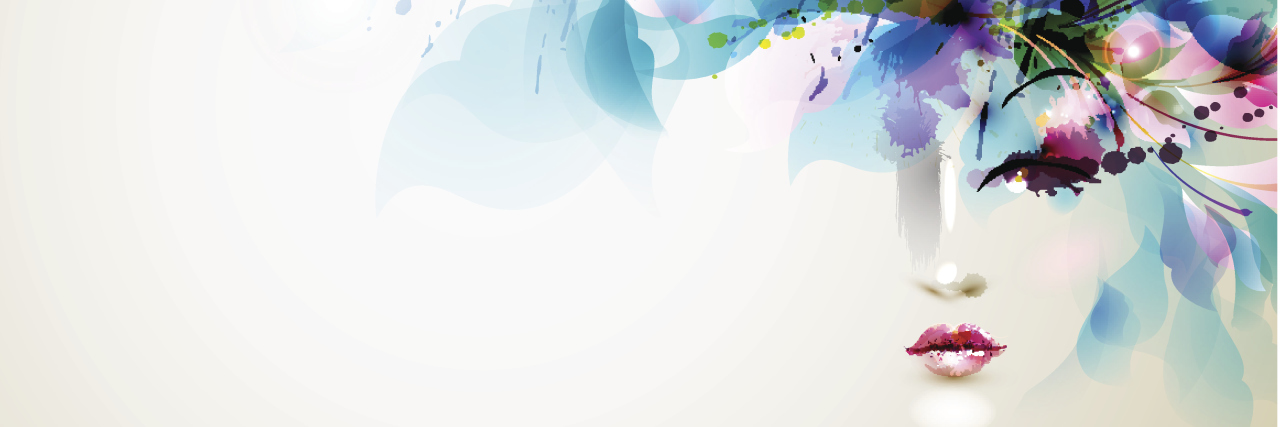Have you ever been debilitated by trivial daily choices? Which veggie for lunch: lettuce or spinach? When to have a Facebook video call with your friend? Three p.m. or 3.30 p.m.? Maybe you’re free all day, but still can’t decide when the best time is to make a call. Then, you may end up sweating so hard and even worse, procrastinating and ending up doing nothing at all. That’s me most of the time.
But let me tell me you: this is not the worst. The worst scenario is even after making decisions (if I finally manage to), I start reviewing all of them and begin to doubt myself, deciding whether or not I was wrong. The obsessive thought there’s always a better choice and a better outcome associated with it haunts me. I can’t rest. A constant sense of regret from all the “could haves” and “should haves” exhaust me and take my every little ounce of energy left.
My anxiety couples with my perfectionism and fragile self-esteem, making a terrible triad. I always fear being wrong. I never feel satisfied with the only choice available. So, most of the time, I have to set aside a backup choice/plan … or whatever you may call it. I overanalyze and second-guess everything, every possibility, to make sure I don’t miss any. My decision-making process seems to take ages. Sometimes it gets to the point I feel suicidal because I can’t decide on trivial things. I feel hopeless and helpless.
Then, one day I came across a book called “The Paradox of Choice” by Dr. Barry Schwartz. I thought I was struck. I had finally found something that described the problems of too many choices in decision making and introduced the concept of “satisficing.” In essence, satisficing means not trying to maximize every single task outcome and accepting the “good enough.”
I’ve never been satisfied with myself or anything I do. For me, “OK” is not OK, “good enough” is not good enough. I’m trapped in my own unrelentingly high standards I set for myself and I’m miserable because I can’t achieve any of them. After reading the book, it still took me months to give it a (hesitant) try. I still struggle every day with both small and big decisions, but I know I have somewhat lowered my expectations of how things should be.
“Good enough is almost always good enough,” has become my new motto. I now have a new strategy: When facing a decision, instead of looking and waiting forever for the best choice, I choose the “OK option” that’s available, go with it and stop comparing and analyzing the other possibilities. I also remind myself I’m not my choice. However “bad” my choice may seem to be, it doesn’t reflect my own value. This frees me from the burden of “being right.” No, you don’t need to be “right” or have the “right choice” to feel worthy. Moreover, I changed my priority: completion is now better than perfection. I’d rather have things done in time than hanging on until I find the perfect solution.
Still, it’s not easy for me at all since a change in perspective doesn’t always work. Sometimes it helps, other times it doesn’t when my anxiety blows up. But I’m learning to be happy with any result. I’m starting to make friends with the “good enough,” and it’ll soon be good enough. I know it’s a good beginning and I tell myself to enjoy the ride.
Getty image by artant

